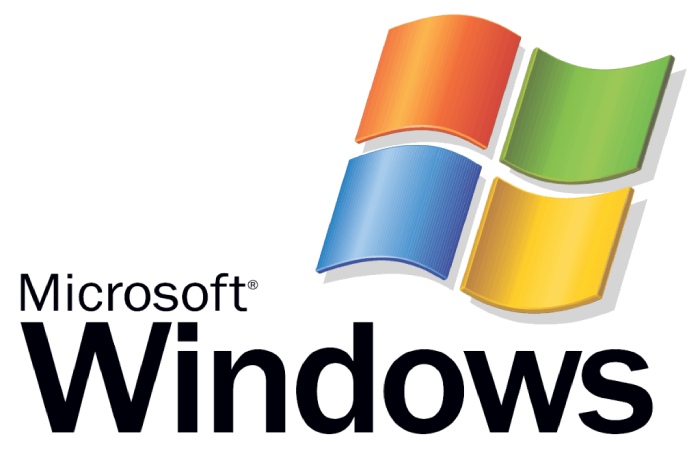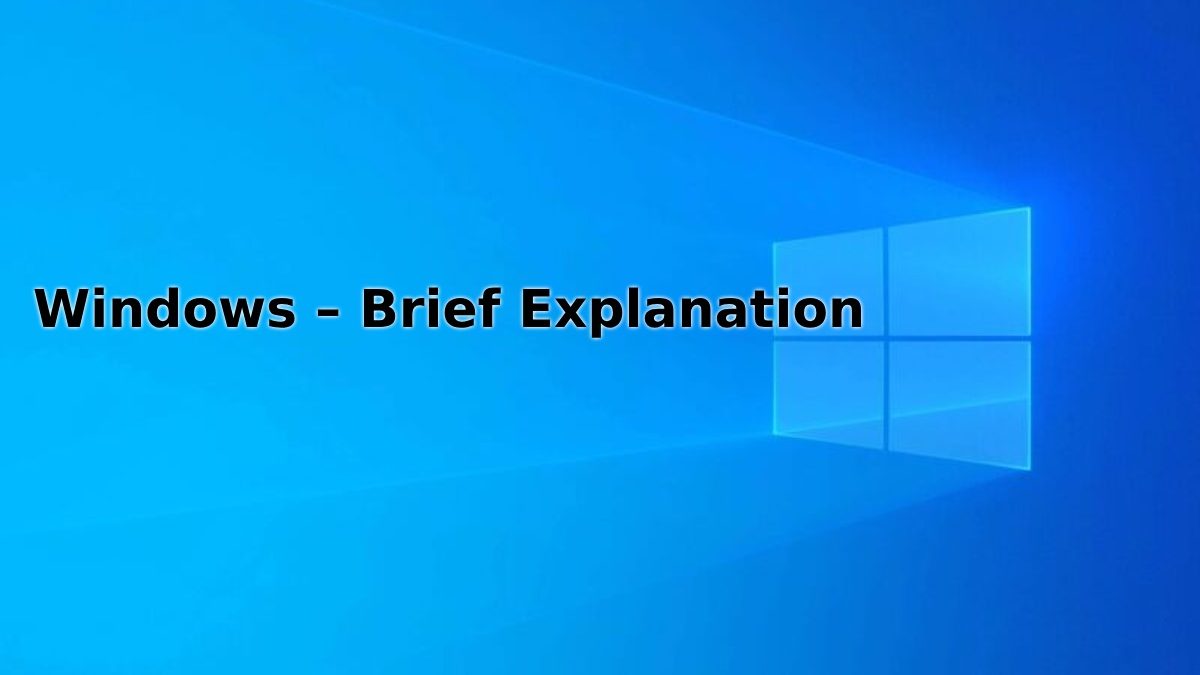Table of Contents
What is Windows?
Windows, MS Win, or Microsoft Windows is a family of operating systems for personal computers, smartphones, and other computer systems. It was created and marketed by the North American company Microsoft for various system architecture supports (such as x86 and ARM).
Strictly speaking, Windows is more than an operating system itself. A series of distributions of MS-DOS ( MicroSoft Disk Operating System ) or Windows NT, a former OS of the company, framed in a visual operating setting, which works based on the virtual imitation of a desktop and other office implements, such as folders, files, and even a recycling bin.

The first arrival of Windows occurred in 1985, a step headlong in the modernization of MS-DOS towards graphical user environments (GUI). Since then, it has become the most used operating system in the world, occupying practically all the available market share (90%) for years.
Windows offered its users a variety of available and updated program versions, with notable differences in presence, stability, & power. The incorporation of the Internet also permitted the automatic updating of software anywhere in the world.
What is Windows for?
Windows offers an attractive, enjoyable, and intuitive visual environment.
The primary function of Windows is to provide the core of the OS with an attractive, enjoyable, and intuitive visual setting in which the basic operations of computer use are signified graphically through icons. Using the mice and keyboard, the user can access all the functions of the computer, along with those of the applications incorporated into the system or installed by the user.
This could be understood as Windows being a mediator between the user and the OS, which makes life easier and offers many protection mechanisms, such as gaming, web browsing, etc.
List of Windows versions
The history of Windows versions can be told through a list of its main versions:
WIN 1.0.
Win 1.0 appeared in Nov 1985 with three updates: 1.01, 1.02, and 1.03.
WIN 2.0.
Win 2.0 appeared in 1987, with a significant development in the visual aspect, and had two updates: 2.10 & 2.11.
WIN NT.
Win NT is known as Windows New Technology. It appeared in 1993 to renovate the situation for servers & workstations, and Win-NT has many versions: 3.1, 3.5, 3.51, & 4.0.
WIN 95.
Win 95 is a hybrid between 16 bits & 32 bits. It emerged in August 1995 and was an outstanding sales success. It renewed its graphic setting and had several reissues: 95-SP, 95-OSR1, & 95-OSR2, and later gave way to Win 98, Win 98 Second Edition, & Windows ME (Millennium).
WIN 2000.
Win 2000 is the sister version of Professional, Server, Advanced, & Datacenter Server. This edition, which appeared in 2000, opted for more excellent compatibility and incorporated a new train of applications.
WIN XP.
Windows XP was released as the first NT-based system with a version aimed directly at the home user. XP was rated highly by both users and critics. The system enhanced the look and feel of Windows with themes and offered a stable platform. XP was also the end game in DOS. Direct X enabled features in 3D games that OpenGL sometimes had trouble keeping up with. Future versions of Windows would be compared to XP for gaming performance for some time. XP offered Windows’ first support for 64-bit computing. However, 64-bit computing was not very well supported in XP and lacked drivers or much software to run.
As it turned out, Windows XP was one of the most popular versions. Combined with the unpopularity of the Vista system – the next one to be released – which would eventually lead to problems related to the update
WIN Server 2003.
Based on NT technology inherited from XP, it is a more compact version that can be used on web servers.
WIN Vista.
Win Vista appeared in July 2008 and was controversial due to its favorable content management to entertainment companies rather than system users. It had various circulations, such as Starter, Home Basic, Business, Enterprise, & Ultimate, but none were successful.
WIN Server 2008.
Update from the 2003 version, but using Vista technology.
WIN 7.
Win7, with various versions such as Starter, Home Basic, Professional, Enterprise, Ultimate, & others, is considered an update to Vista, taking advantage of XP technology but aiming at the multimedia and diverse format needs of 2009.
WIn 8.
Appearing in 2013, in its many versions (8 Pro, 8 Media Center, 8 Enterprise, & 8.1), it contemplated a radical change in style and aesthetics, already betting on Smartphones, Tablets, and other touchscreen devices.
WIN 10.
The current version appeared in 2015, aspiring to unify all Windows users worldwide under a single version inherited from 8. It has 10 Home, 10 Pro, 10 Enterprise and 10 Education variants.
Windows Desktop
This is perhaps the most distinctive feature of Windows: its initial screen, which represents a work desktop from which all operations are controlled. Its user-friendly interface allows you to visually display the files in use and the ordering of their representative icons through “click and drag” with the mouse. This environment was so successful that it redefined how we interact with computers today.
Windows Y Linux
Unlike Windows, Linux is open-source and more stable.
Although both are operating systems, they are noticeably different. This is not only because the latter is open source and the former is purely commercial but also because Linux is highly stable, is for alternative use, and has multiple versions. At the same time, Windows favors its visual aspect: less stable but more enjoyable and intuitive.
Related posts
Featured Posts
Server – Brief Explanation
What is a Server? In computing, a computer that is part of a computer network and provides certain services to…
Artifact – Brief Explanation
What is an Artifact? An Artefactos, also known as an Artifact in English, is an object, machine, or device whose…



